-
×
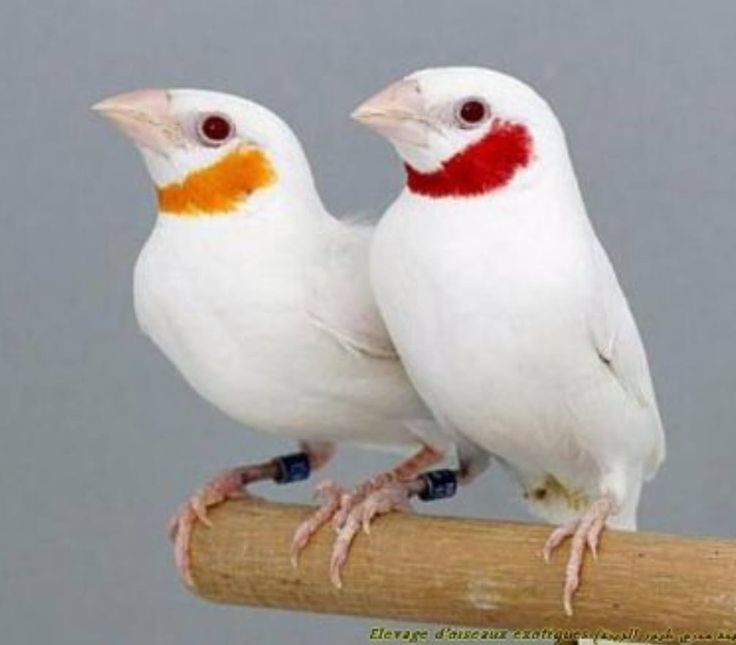 Albino Cut-throat Finch
1 × ₨ 60,000
Albino Cut-throat Finch
1 × ₨ 60,000 -
×
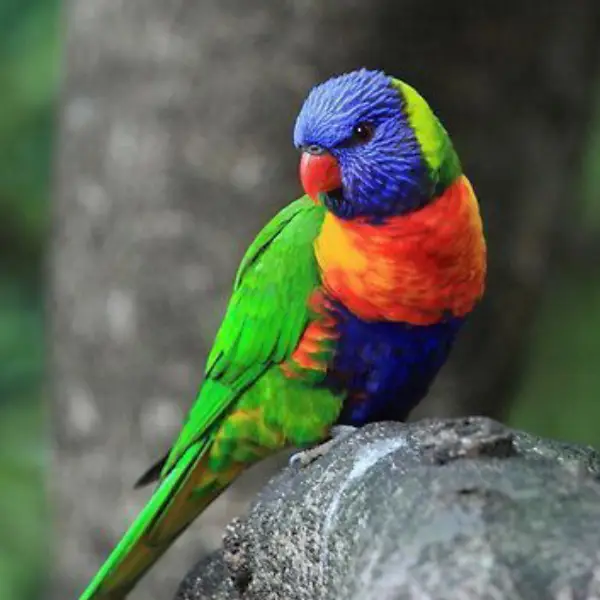 Lory Parrot
1 × ₨ 90,000
Lory Parrot
1 × ₨ 90,000 -
×
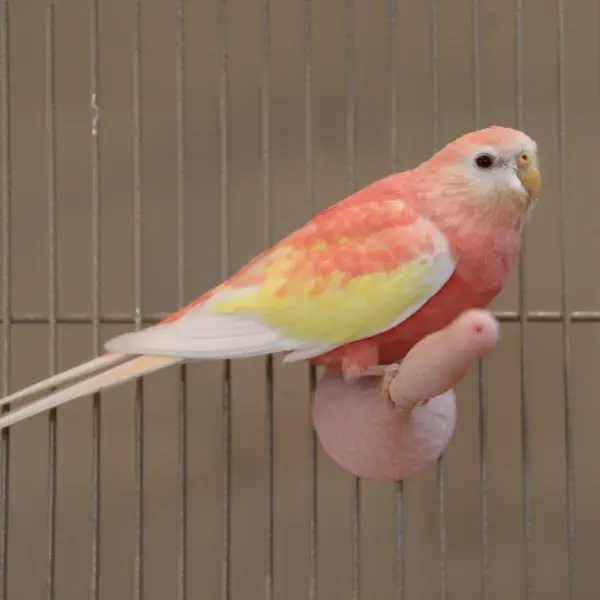 Rubino Bourke
1 × ₨ 20,000
Rubino Bourke
1 × ₨ 20,000 -
×
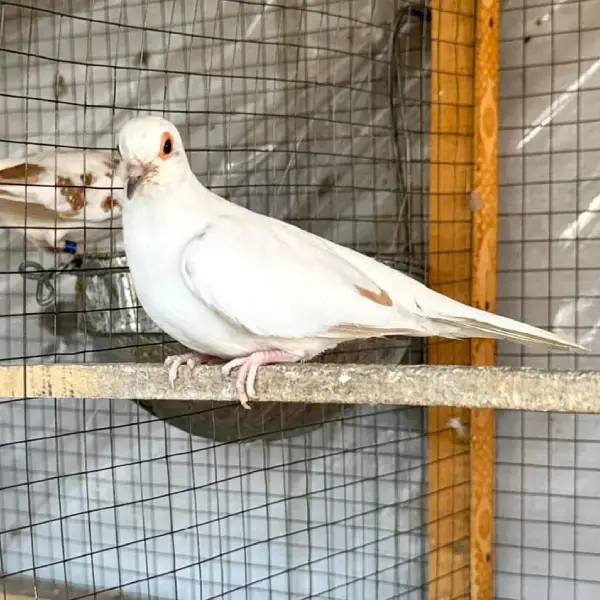 Red Pied Dove
1 × ₨ 6,000
Red Pied Dove
1 × ₨ 6,000 -
×
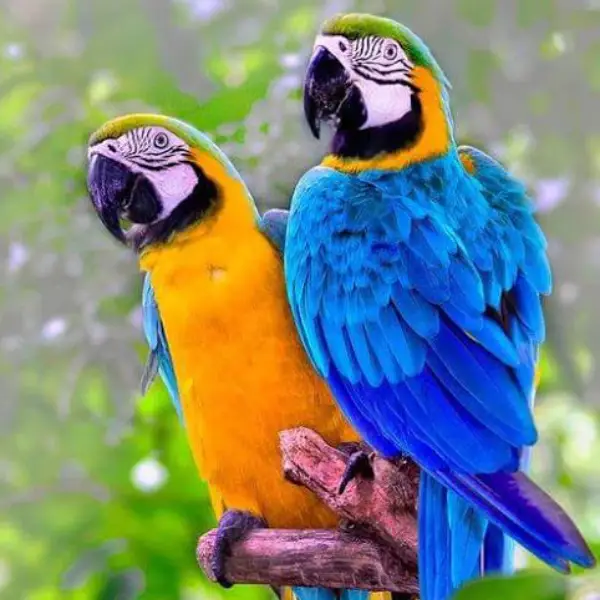 Blue and Gold Macaw
1 × ₨ 1,000,000
Blue and Gold Macaw
1 × ₨ 1,000,000 -
×
 Sun Conure
1 × ₨ 60,000
Sun Conure
1 × ₨ 60,000 -
×
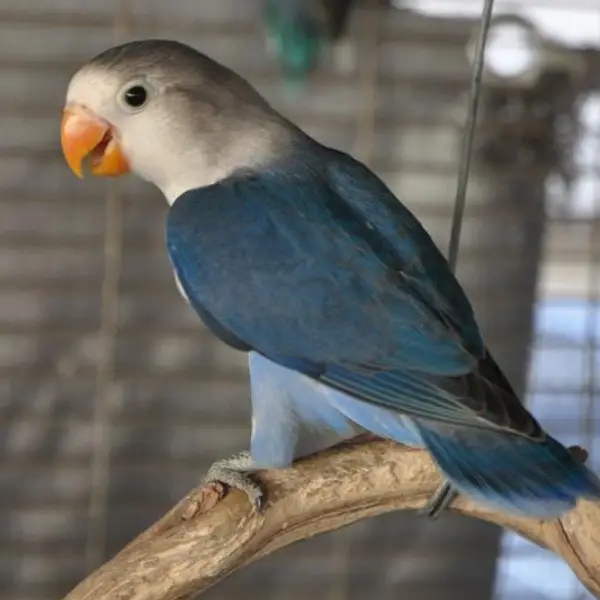 Blue Fisher Split Ino
1 × ₨ 4,000
Blue Fisher Split Ino
1 × ₨ 4,000 -
×
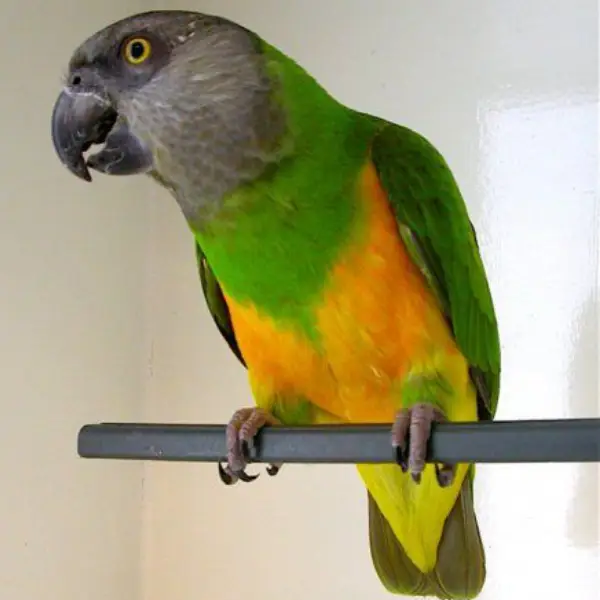 Senegal Parrot
1 × ₨ 85,000
Senegal Parrot
1 × ₨ 85,000 -
×
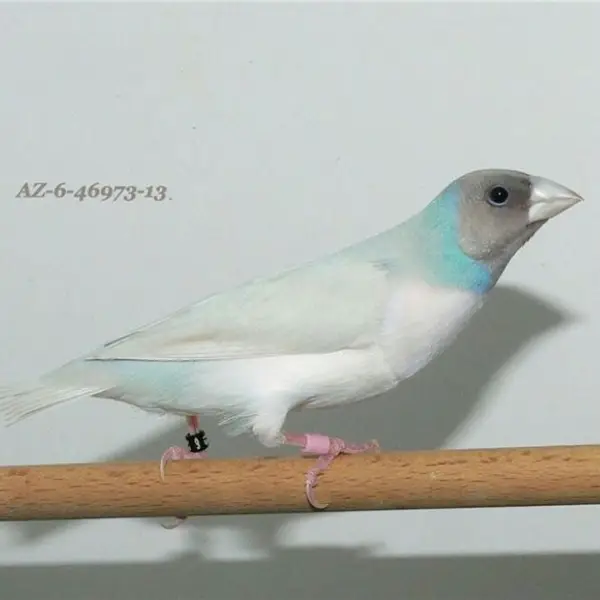 Silver Gouldian Finch
2 × ₨ 18,000
Silver Gouldian Finch
2 × ₨ 18,000 -
×
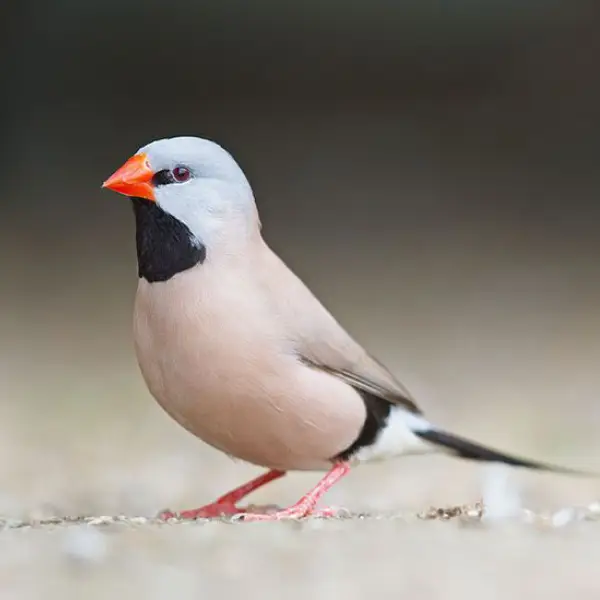 Gray Shaft Tail
1 × ₨ 14,000
Gray Shaft Tail
1 × ₨ 14,000 -
×
 Sun Cheek Conure
1 × ₨ 110,000
Sun Cheek Conure
1 × ₨ 110,000
Subtotal: ₨ 1,485,000
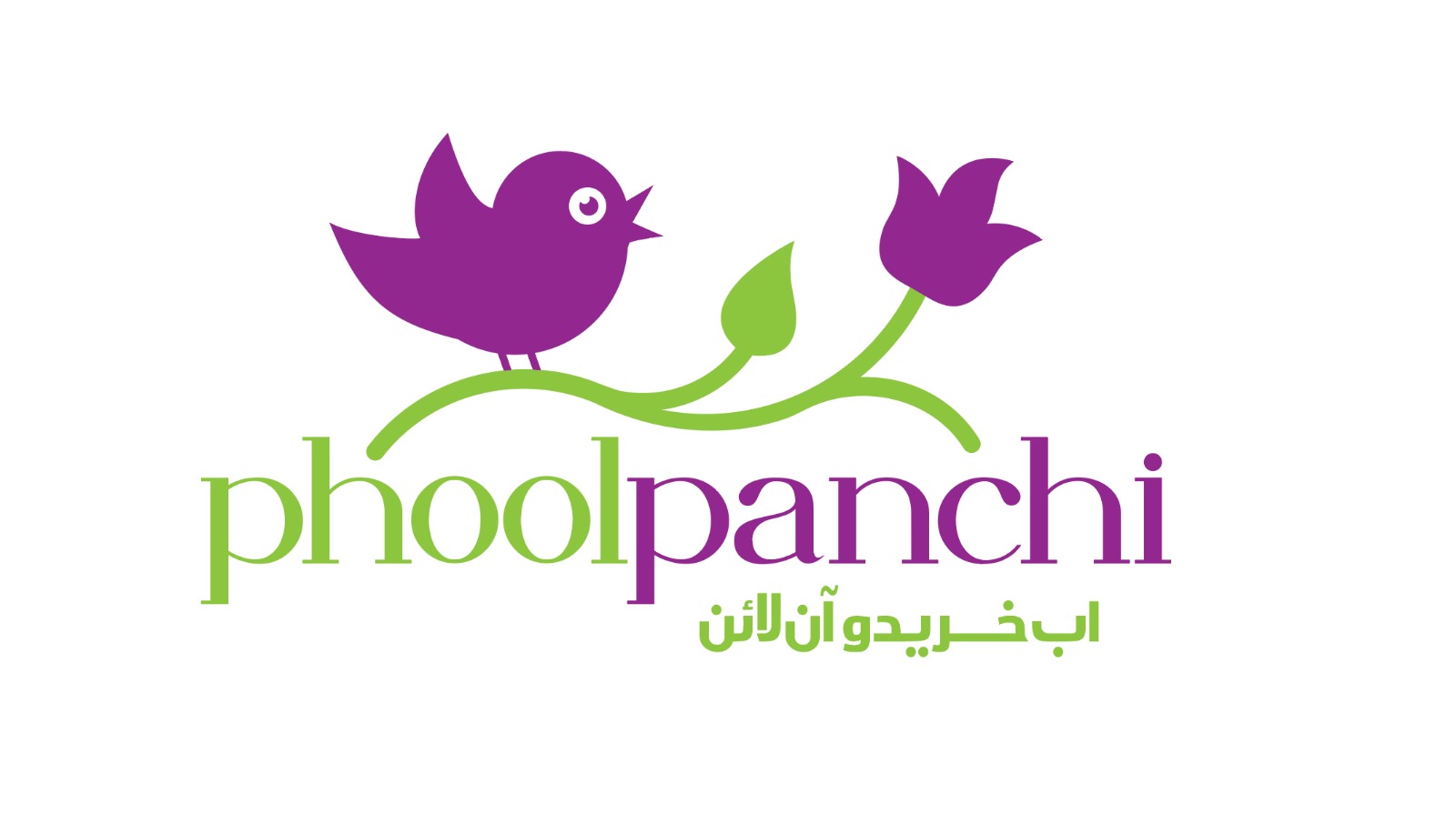
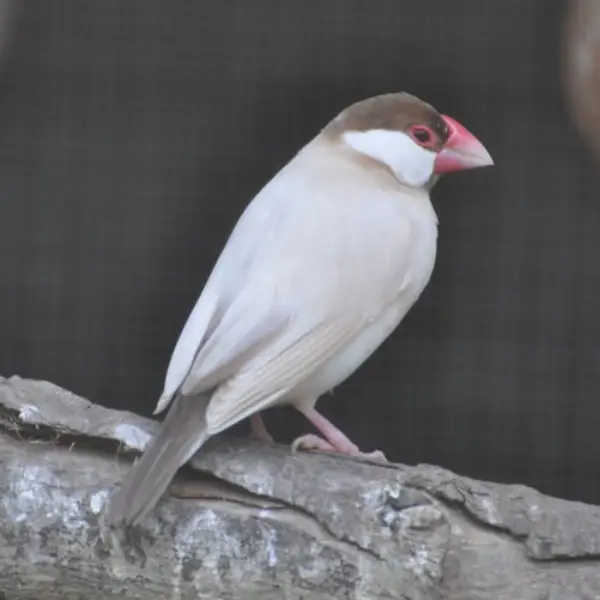

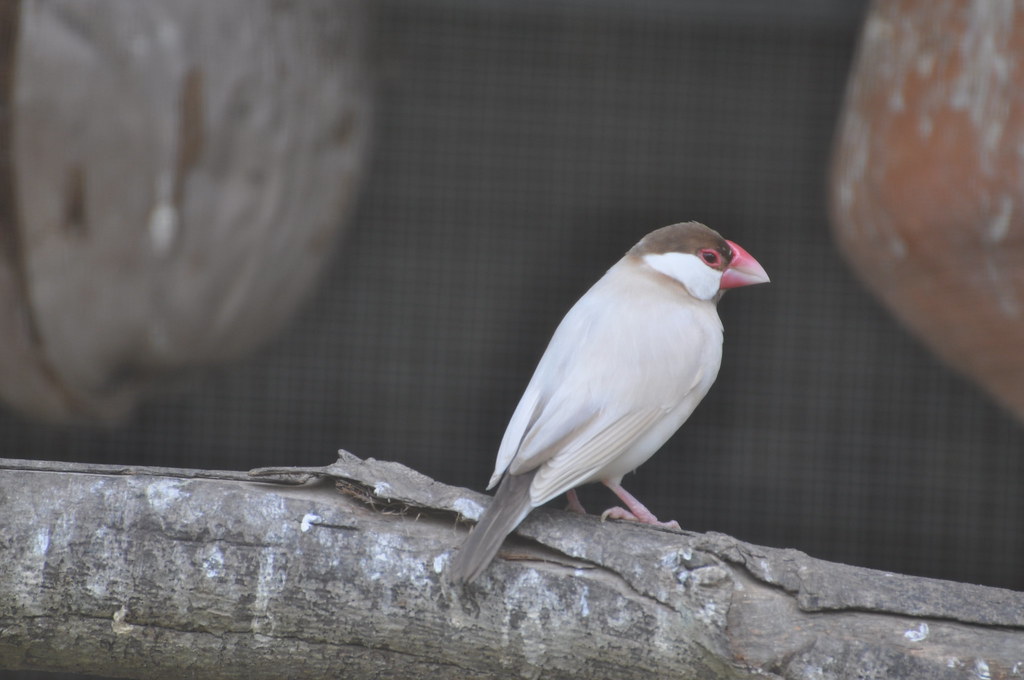
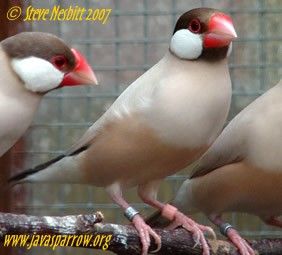
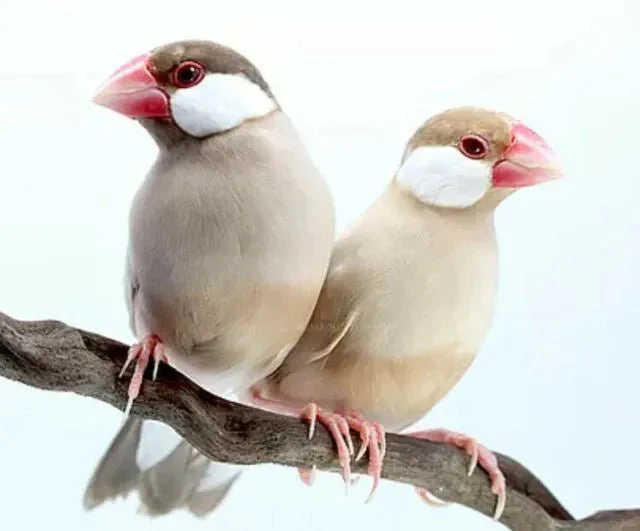
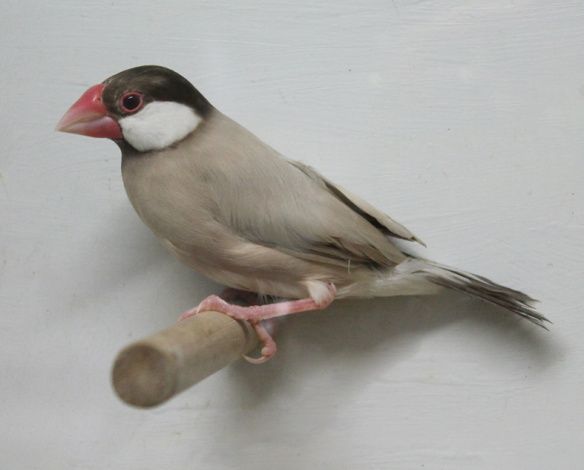

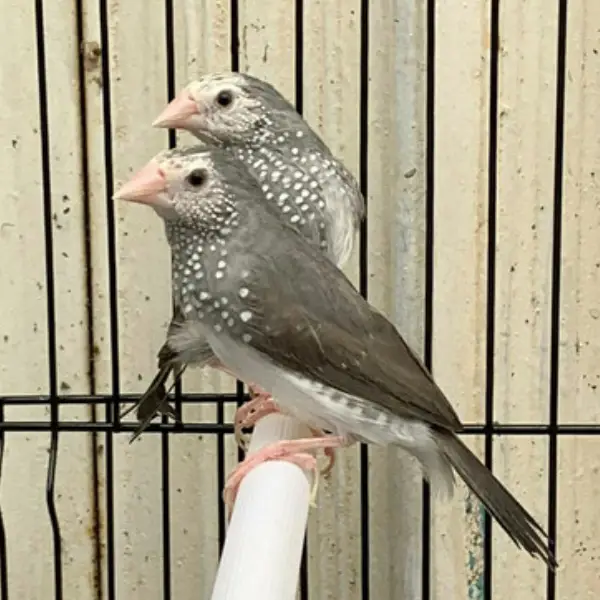

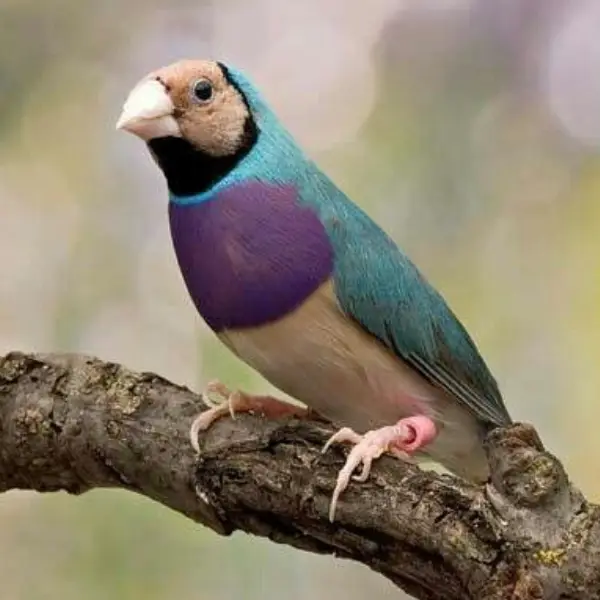
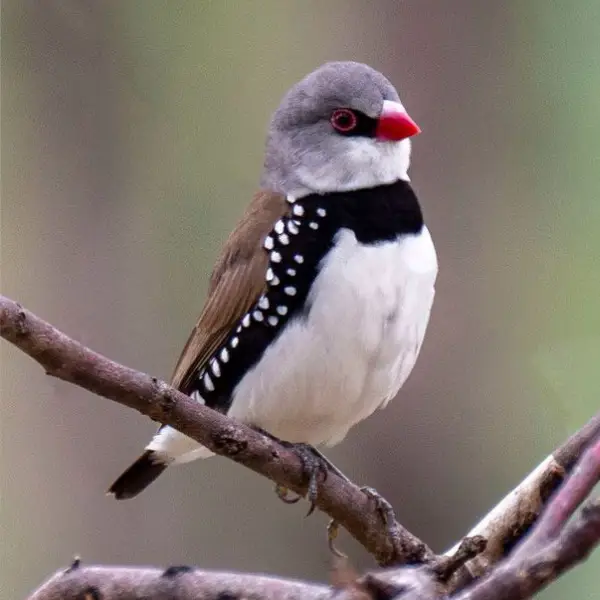
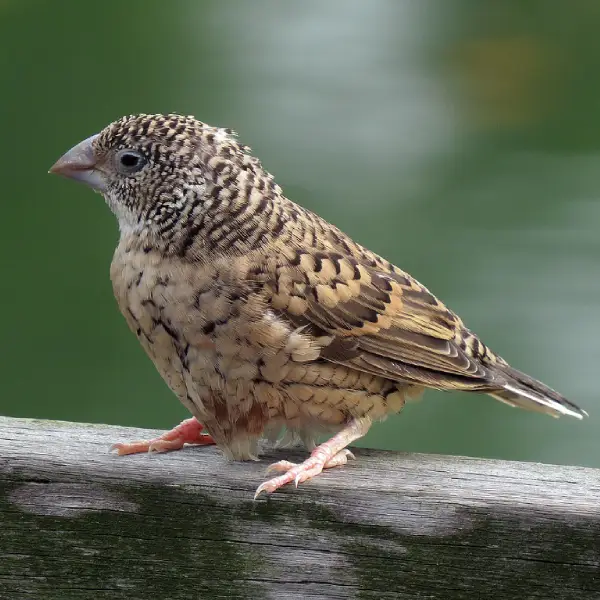
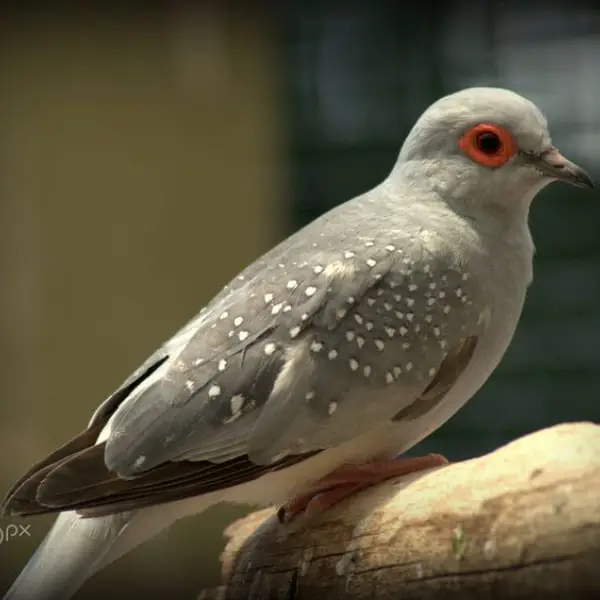
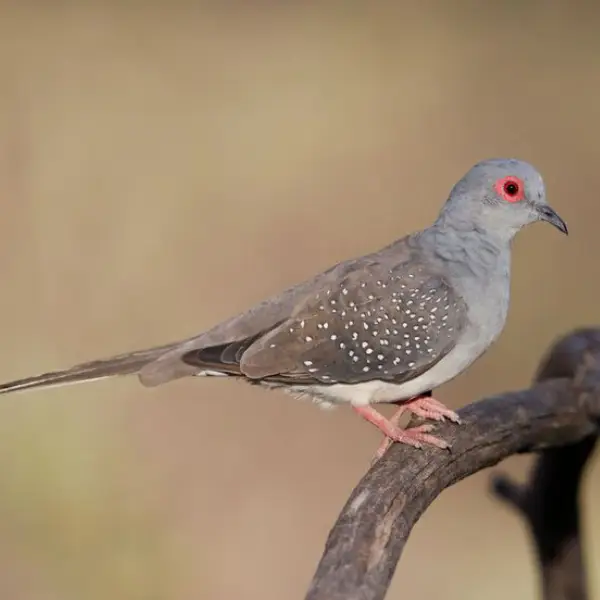
Reviews
There are no reviews yet.